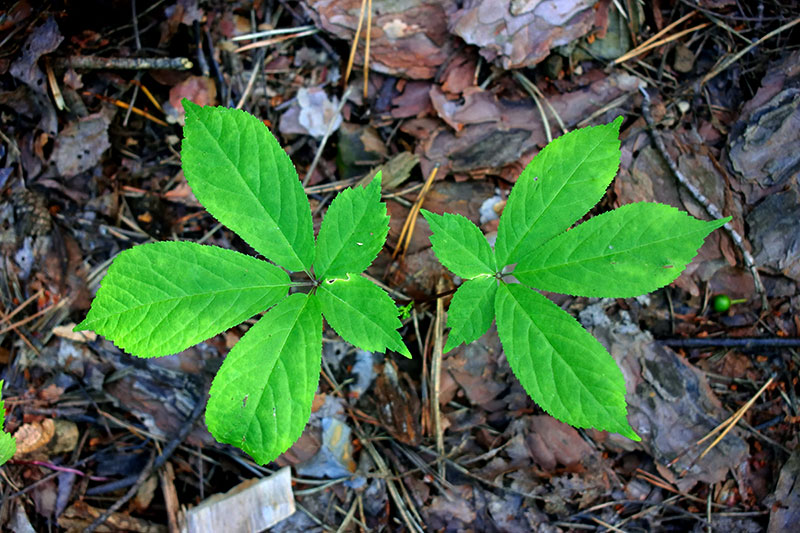
If you own or lease a wooded property, you might think lumber is the No. 1 product to harvest and sell. But don’t overlook the value of an intact forest. Trees provide numerous ecosystem benefits including clean air, water filtration, prevention of soil erosion and carbon sequestration, yet there is much more to a forest than timber.
There’s a market for just about anything you can think of that lives in a forest. The term used for this view of using wild land for income is non-timber forest products, or NTFP for short. Also known as forest farming, it is a type of agroforestry that focuses on products such as high-value specialty crops such as mushrooms, decorative pieces and medicinal plants.
The practices of NTFP are ancient, but there are new educational and community opportunities forming. Here are some of the best emerging resources for digging deep into your forest property and learning how to cultivate, sustain, regenerate and earn income from your good land stewardship.
Index to NTFP Documents
This website is a clearinghouse of NTFP information published across the U.S. Many of the materials are specific to the Pacific Northwest, but some great general information is included as well. Some examples are birch bark extracts, seed collection and vines for wreaths. Browsing through this page is great for stimulating ideas and sparking your imagination about unique products your land provides freely.
Appalachian Sustainable Development
Unique to the southeastern U.S., Appalachian Sustainable Development provides helpful publications such as Forest Botanicals: Income Opportunities in the Forest Understory and a list of buyers for ginseng (pictured below). The organization offers practical guidance on marketing and packaging delicate products such as shiitake mushrooms. Appalachian Sustainable Development also coordinates in-person meetings that connect growers to buyers in the region. Incentives for beginning forest farmers include a cost-share program and help with NTFP processing and marketing.

The University of Missouri Center for Agroforestry
Mizzou has a wealth of scientific research and publications, and even a high school curriculum for teaching agroforestry. You can browse its list of published reports on products you might have never considered, such as black truffle cultivation. You can also sign up to receive one of its newsletters and read about specialities, such as pawpaw beer. If you want to scale up your skills and devote serious study to forest farming, consider its online master’s degree in agroforestry.
University of Kentucky Cooperative Extension
Not every state’s cooperative extension includes forestry, much less agroforestry. Fortunately for the southeast, NTFP is a topic of expertise at University of Kentucky Cooperative Extension. Publications that outline best practices for locating wild ginseng and for cultivating wild-simulated ginseng, for example, have been provided to the public since the 1980s and updated every few years. Another helpful example is a shiitake production workbook. These and more can be found on its publications page.

Conservation of forests is not simply about saving the trees. It takes a cultural shift to value the community of diverse and dynamic plants, animals, minerals and landforms, not to mention the unquantifiable experience of just being in a forest. Likewise, it is important to connect with a living community of forest gardeners to learn and share techniques and resources for gathering products. If you are fortunate enough to have access to woodlands and choose to explore products other than lumber, you could have a lucrative and thriving partnership with nature for many years to come.




